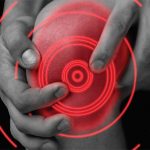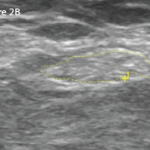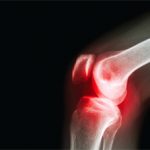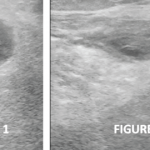Researchers suspect that neural processing plays a role in the evolution of pain patterns for some knee OA patients, said Dr. Neogi. “Early on in the course of disease, response to initial injury is appropriate, because we know that nociceptors in the joint tissue are responding. But later, as pain becomes chronic and persistent, this no longer represents pure nociception. This raises the possibility that there are altered neurological pathways that may play a role in the transition of pain patterns in osteoarthritis.”
Both peripheral and central sensitization can increase sensitivity to stimuli, she said. “But whether sensitization has effects on the evolution of knee OA-related pain is unknown.”
‘About 15% of patients who undergo TKA have residual, moderate-to-severe joint pain that persists two to five years after the procedures.’—Dr. Singh
Data on 1,951 older adults with, or at high risk for, knee OA were used for the assessment. The mean age of participants was 68; 60% were female, and their mean body mass index was 31. Around 8% of the participants in the study developed constant pain over the two-year period. Pressure pain threshold (PPT), or the point at which participants first felt pressure change to slight pain, was measured at the wrist and patella using an algometer. Participants also completed the Intermittent and Constant OA Pain (ICOAP) questionnaire at baseline and two years later. Lower PPT scores indicate more pain sensitization. At the patella, the site of disease, it indicates peripheral and/or central sensitization, and at the wrist, it indicates central sensitization, said Dr. Neogi.
The study found that lower levels of peripheral and central pain sensitization were both associated with lower rates of progression from intermittent or no pain to constant pain.
“Sensitization appears to play a role in changing a patient’s pattern and the severity of OA-related pain,” said Dr. Neogi. “This has implications for understanding the transition from acute to chronic pain and may offer opportunities for targeted treatment.”
Imaging Techniques
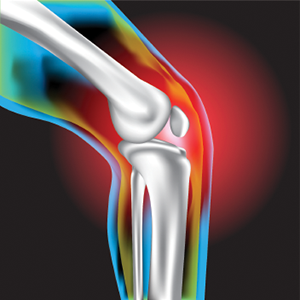
Chaiwut Siriphithakwong/shutterstock.com
In a new study of central nervous system pain pathways in rheumatoid arthritis (RA), researchers assessed neural changes before and after disease-modifying therapy with pulsed arterial spin labeling, a type of functional magnetic resonance imaging (fMRI).
“Functional neuroimaging has enabled the identification of supraspinal networks that modulate pain and permits a more quantitative assessment of the pain experience,” said Yvonne C. Lee, MD, MMSc, assistant professor of medicine at Brigham and Women’s Hospital in Boston.4 Dr. Lee is also lead author of the abstract, “A Pilot Pulsed Arterial Spin Labeling Study of Regional Cerebral Blood Flow in Response to Pain in RA, Before and After DMARD Treatment.”5
